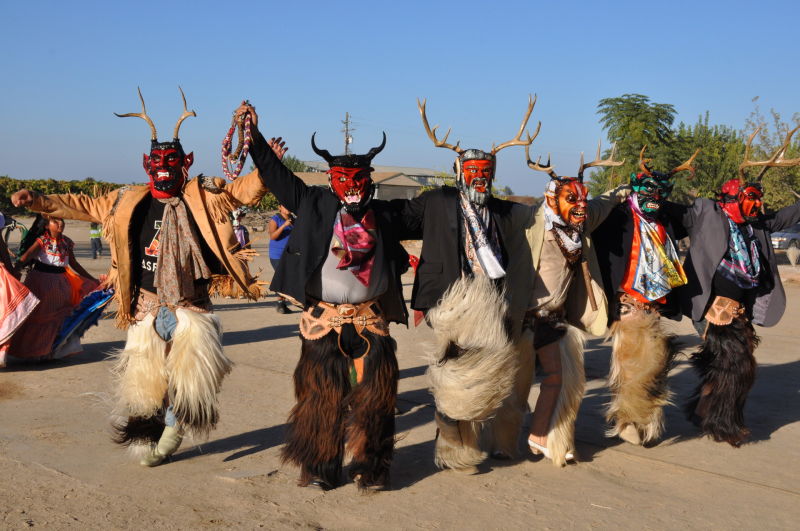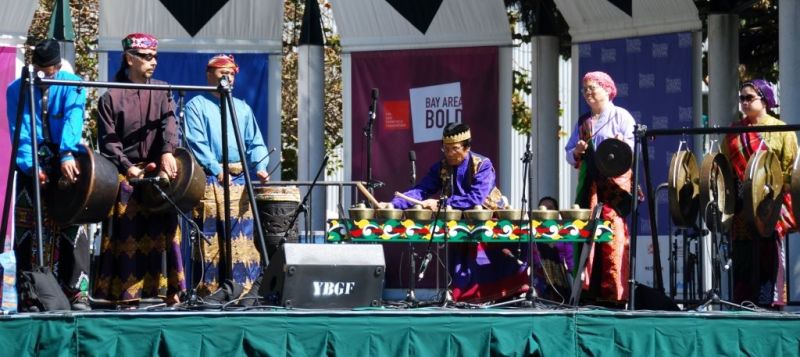In the 1930s, an extraordinary woman set up shop in a modest office on Shattuck Avenue in Berkeley. Her goal? To record an ethnographic survey of California folk music, using 237 blank acetate disks supplied by the Library of Congress.
Sidney Robertson Cowell traveled the state with a clunky recording device, seeking out folk musicians, from Armenian Oud players to Hungarian singers. She created a remarkable archive of recordings of 185 musicians from numerous ethnic groups, in 12 languages. The music, along with photographs and technical drawings of musical instruments, is part of a collection at the American Folklife Center at the Library of Congress.
http://stream.media.loc.gov/webcasts/2015/150909plc1700/data/150909plc1700_768x432_800.mp4
Here’s what Russell Rodriguez of the Alliance for California Traditional Arts (ACTA) and Sojin Kim of the Smithsonian Center for Folklife and Cultural Heritage had to say about Cowell’s work:
Cowell collected from people whose experiences were unrepresented, if not unrecorded at the time. She was interested in what people were singing, recognizing this would be represented in different languages, sounds, and aesthetics. She understood that California was made up of people who brought cultural repertoire from many different places. It's a remarkable inclination given that the 1930s were an era marked by such Nativist reactions as the exclusion of Asian immigrants and the mass deportations of Mexicans and Mexican Americans.
Now, ACTA and the Smithsonian are teaming up with the national Latino public radio network Radio Bilingue to continue where Cowell left off. The Sounds of California project will document contemporary music through the lens of migration and immigration. The goal is to provide a lasting sound archive to be housed at the Library of Congress.

